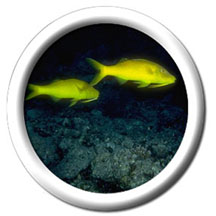These Yellow-lined Goatfish can change colors if they need to.
Click on image for full size
Windows Original, adapted from Corel Photography
Goatfish
The Mullidae family is more commonly known as the Goatfish. These fish have the unique ability to change colors! They find their homes in coral reefs, sand or seagrass. The Goatfish range in size from 12 to 20 inches, and are usually thick and short.
Some Goatfish hide during the day and feast at night. There are some exceptions, such as the Yellow-lined Goatfish. They are much braver than their cousins, and search for food in daylight. This is why they can change color. The Yellow-lined species will turn white while searching for food in the sand.
Goatfish also have something called barbels. A barbel is a long tissue that hangs from a Goatfish's chin. They use the barbels to find invertebrates that are hiding in the sand. Molluscs and crustaceans seem to be the food of choice for most goatfish.
You might also be interested in:
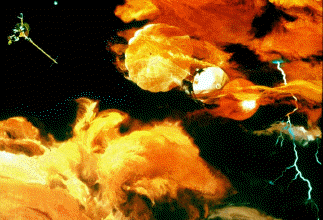
Jupiter's atmospheric environment is one of strong gravity, high pressure, strong winds, from 225 miles per hour to 1000 miles per hour, and cold temperatures of -270 degrees to +32 degrees (freezing temperature).
...more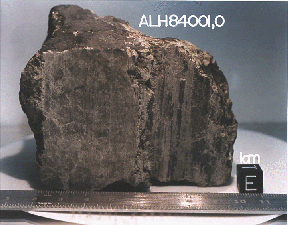
In July, 1996, it was announced that Dr. David McKay, along with a team of scientists at Johnson Space Center (a division of NASA), had discovered possible fossils of bacteria in a meteorite named ALH84
...more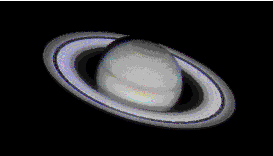
Saturn's atmospheric environment is one of strong gravity, high pressure, strong winds, from 225 miles per hour to 1000 miles per hour, and cold temperatures of -270 degrees to +80 degrees. With winds
...more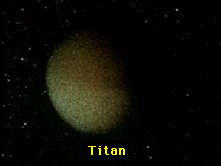
Titan's atmosphere is a lot like the Earth's, except that it is very cold, from -330 degrees to -290 degrees! Like the Earth, there is a lot of Nitrogen and other complex molecules. There also may be an
...more
Autotrophs are organisms that can "make their own food" from an inorganic source of carbon (carbon dioxide) given a source of energy. Most autotrophs use sunlight in the process of photosynthesis to make
...more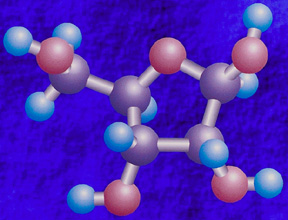
In the warm primordial ocean, aggregates of amino acids, proteins, and other hydrocarbons came together into a form called *coacervates*. Amino acids will spontaneously form coacervates in the same way
...more
Over a very long time, gradual changes in the earliest cells gave rise to new life forms. These new cells were very different from the earlier heterotrophs because they were able to get their energy from
...more


